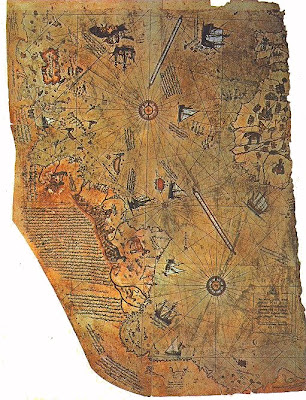1. What is the name of the quadrangle?
It is called Beverly Hills Quadrangle.
2. What are the names of the adjacent quadrangles?
There are 7 adjoining quadrangles: Canoga Park, Van Nuys, Burbank, Topanga, Hollywood, Venice and Inglewood.
3. When was the quadrangle first created?
It was first created in 1966, however additional data added in 1978 and verified in 1998.
4. What datum was used to create your map?
NAD83 (North American Datum of 1983)
5. What is the scale of the map?
The Scale is 1 : 24000
6. At the above scale, answer the following:
a) 5 centimeters on the map is equivalent to how many meters on the ground?
1200 meters
b) 5 inches on the map is equivalent to how many miles on the ground?
1.89 miles
c) one mile on the ground is equivalent to how many inches on the map?
.38 inches
d) three kilometers on the ground is equivalent to how many centimeters on the map?
12.5 centimeters
7. What is the contour interval on your map?
20 feet
8. What are the approximate geographic coordinates in both degrees/minutes/seconds and
decimal degrees of:
a) the Public Affairs Building?
34º04’62’’N, 118º26’15’’W
34.08388ºN, 118.43749ºW
b) the tip of Santa Monica pier?
34º00’28’’N, 118º30’00’’W
34.00778ºN, 118.5ºW
c) the Upper Franklin Canyon Reservoir?
34º06’11’’N, 118º24’53’’W
34.1031ºN, 118.4231ºW
9. What is the approximate elevation in both feet and meters of:
a) Greystone Mansion (in Greystone Park)?
560ft or 170.7m
b) Woodlawn Cemetery?
140ft or 42.7m
c) Crestwood Hills Park?
725ft or 221m
10. What is the UTM zone of the map?
UTM Zone 11.
11. What are the UTM coordinates for the lower left corner of your map?
Northing 3763000, Easting 3615000
12. How many square meters are contained within each cell (square) of the UTM gridlines?
It is 1 sq. kilometer, so 1000m X 1000m = 1,000,000 sq meters.
13. Obtain elevation measurements, from west to east along the UTM northing 3771000,where the eastings of the UTM grid intersect the northing. Create an elevation profile using these measurements in Excel (hint: create a line chart). Figure out how to label the elevation values to the two measurements on campus. Insert your elevation profile as a graphic in your blog.

14. What is the magnetic declination of the map?
The magnetic declination is 14 degrees + 48 minutes = 14o48’
15. In which direction does water flow in the intermittent stream between the 405 freeway
and Stone Canyon Reservoir?
The Stream runs from north to south.
16. Crop out (i.e., cut and paste) UCLA from the map and include it as a graphic on your
blog.



